
There are 47 individual Wildlife Trusts covering the whole of the UK and the Isle of Man and Alderney. Together The Wildlife Trusts are the largest UK voluntary organization dedicated to protecting wildlife and wild places everywhere at land and sea. They are supported by 791,000 members, 150,000 of whom belong to their junior branch, Wildlife Watch. Every year The Wildlife Trusts work with thousands of schools, and their nature reserves and visitor centres receive millions of visitors. The Wildlife Trusts work in partnership with hundreds of landowners and businesses across the UK in towns, cities and the wider countryside. Building on their existing network of 2,250 nature reserves, The Wildlife Trusts recovery plan for the UKs wildlife and fragmented habitats, known as A Living Landscape, is being achieved through restoring, recreating and reconnecting large areas of wildlife habitat.
As well as protecting wildlife this is helping to safeguard the ecosystems that we depend on for services like clean air and water. The Wildlife Trusts are also working to protect the UKs marine environment. They are involved with many marine conservation projects around the UK, often surveying and collecting vital data on the state of our seas. Every year they run National Marine Week in August a two-week celebration of our seas with hundreds of events taking place around the UK. All 47 Wildlife Trusts are members of the Royal Society of Wildlife Trusts (Registered charity number 207238). To find your local Wildlife Trust visit wildlifetrusts.org  First published in 2011 by New Holland Publishers (UK) Ltd This edition published in 2014 by Bloomsbury Publishing 50 Bedford Square, London WC1B 3DP www.bloomsbury.com This electronic edition published in 2014 by Bloomsbury Publishing Plc Copyright 2011 in text: Nicholas Hammond/Bloomsbury Publishing Plc Copyright 2011 in illustrations: Bloomsbury Publishing Plc All rights reserved
First published in 2011 by New Holland Publishers (UK) Ltd This edition published in 2014 by Bloomsbury Publishing 50 Bedford Square, London WC1B 3DP www.bloomsbury.com This electronic edition published in 2014 by Bloomsbury Publishing Plc Copyright 2011 in text: Nicholas Hammond/Bloomsbury Publishing Plc Copyright 2011 in illustrations: Bloomsbury Publishing Plc All rights reserved
You may not copy, distribute, transmit, reproduce or otherwise make available this publication (or any part of it) in any form, or by any means (including without limitation electronic, digital, optical, mechanical, photocopying, printing, recording or otherwise), without the prior written permission of the publisher.
Any person who does any unauthorised act in relation to this publication may be liable to criminal prosecution and civil claims for damages. A CIP catalogue record for this book is available from the British Library Bloomsbury is a trademark of Bloomsbury Publishing Plc Bloomsbury Publishing, London, New Delhi, New York and Sydney ISBN (ePub) 978-1-4729-1844-4 ISBN (ePDF) 978-1-4729-1845-1 Illustrators: Cy Baker, Joyce Bee, Stuart Carter, Dan Cole, David Daly, Sandra Doyle, Bridgette James, Bob Press and Lyn Wells Publisher: Nigel Redman Series Editor: Krystyna Mayer Design: Alan Marshall To find out more about our authors and their books please visit www.bloomsbury.com where you will find extracts, author interviews and details of forthcoming events, and to be the first to hear about latest releases and special offers, sign up for our newsletters here. ContentsIntroduction Trees are a major feature of a landscape. As well as being things of beauty, they bring a sense of scale and permanence to their surroundings, and mark the cycle of the seasons. They play a vital role in maintaining and protecting our environment: they prevent erosion, are part of the living system that recycles water, oxygen and carbon dioxide into the atmosphere, and provide habitats and food for many other organisms. Some also have economic value as timber or fruit trees, and as decorative ornamentals.
About 250 tree species are native to Europe, many of which are rare or have a restricted distribution. Over the centuries many more trees have been introduced for ornamental purposes, especially in cities and parks, and several species of conifer have been introduced for commercial purposes. Some species have escaped into the wild to spread and become naturalized. Many of the most familiar trees that can be seen growing in a country are therefore not indigenous to it. Only 35 species are truly native to the British Isles, for example. The Concise Tree Guide describes the key identifying characteristics of more than 150 of the most interesting and widely encountered tree species, whether native or introduced, wild or planted in streets, parks or forestry developments.
Native trees tend to support a rich array of wildlife that uses them as habitats for sheer numbers of creatures harboured, the Pendunculate Oak (Quercus robur) cannot be beaten in Europe. Examples of the associations of some trees with other species, such as mammals, birds, insects and fungi, are provided for many of the trees featured in this book. The place of origin for each tree is also given. Exploitation of Trees The extensive primeval forest that once covered much of Europe now survives in only a very few places, such as the Bialowieza Forest in Poland. Most forests have been cleared and replanted. Humans began clearances of forests about 6,000 years ago to make way for agriculture, creating a huge impact on the environment.
In modern times, reafforestation programmes have led to large areas of land being returned to forest, although the trees planted are often not native but foreign species that yield timber. Once our ancestors realized that trees produced a material that had uses other than firewood, they were ingenious in their production of useful crops. By coppicing and pollarding they both increased the lives of trees, and produced wood of lengths and shapes that were suitable for a variety of uses. Coppicing of hazel every 56 years, for example, produced rods of suitable width to be used as laths in the wattle and daub walls of houses. In south-west Spain the dehesa, a wood-pasture, has been managed in the same way for at least 2,000 years. Here an extensive farming system depends on the delicate balance between trees, livestock and a rotational farming regime.
The Holm Oaks (Quercus ilex) that grow in the dehesa are pruned to have three main branches with no crown, so that maximum sunlight reaches the forest floor, encouraging the growth of flowers. The flowers attract the bees that pollinate the trees, thus providing acorns on which pigs feed. This is a sustainable farming system, albeit one that produces a standard of living for the farmer scarcely above subsistence. Tree Management & Conservation Today Woodland management declined in many places in the 20th century, and its revival over the last 25 years has in a great part been due to nature conservationists. They realized that traditional woodland management created the mixture of sizes and ages of trees that provided the conditions needed for the survival of mammals, birds, insects, flora and fungi. What is a Tree? The definition of a tree is a woody perennial plant with a main stem or trunk generally 6m or more in height, and usually a distinct crown. What is a Tree? The definition of a tree is a woody perennial plant with a main stem or trunk generally 6m or more in height, and usually a distinct crown.
Since trees take a great number of years to reach maturity, many never reach their maximum height because of human interference such as coppicing and pollarding. Like all organisms, plants have been divided into taxonomic groups, the most important of which are the class, the order, the family and the species. In addition to the common English name there is the scientific name of the species. The scientific name contains two names: the first is the genus and is shared by several species, while the second is the specific name. Thus, the Scots Pine is

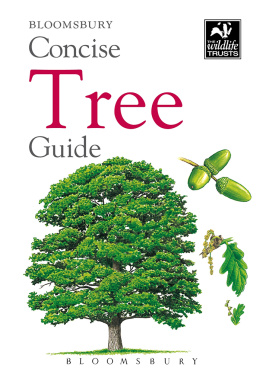
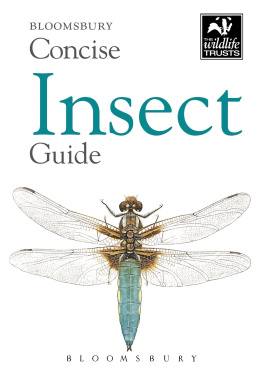
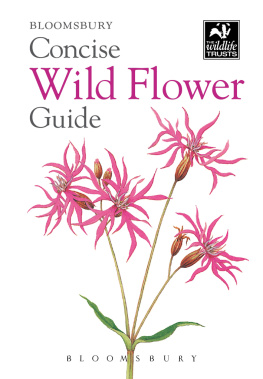

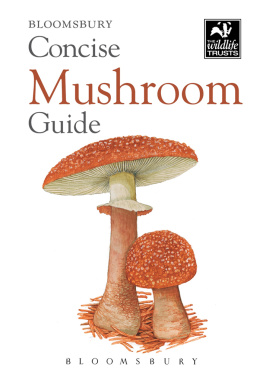
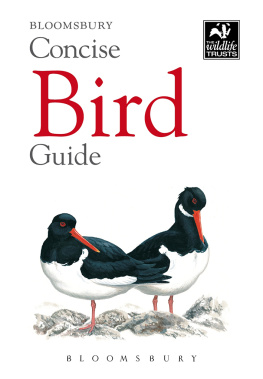
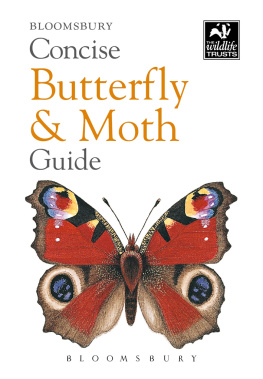
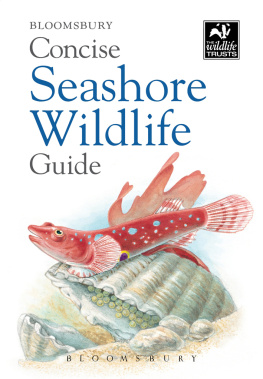
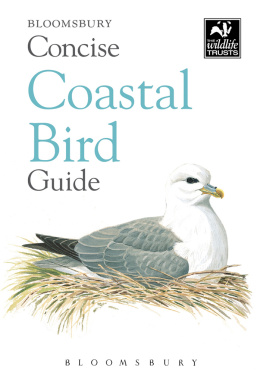
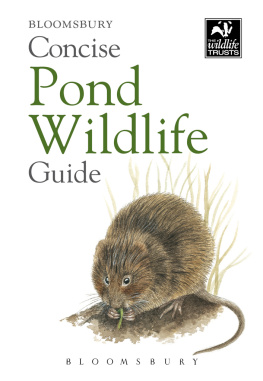
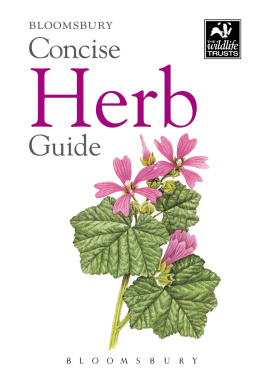
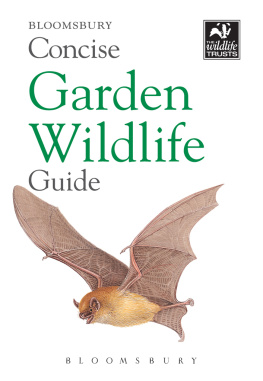
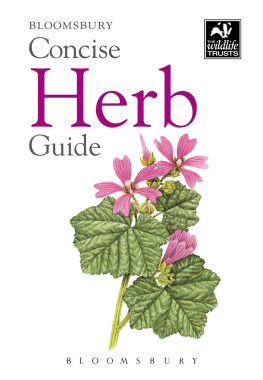

 There are 47 individual Wildlife Trusts covering the whole of the UK and the Isle of Man and Alderney. Together The Wildlife Trusts are the largest UK voluntary organization dedicated to protecting wildlife and wild places everywhere at land and sea. They are supported by 791,000 members, 150,000 of whom belong to their junior branch, Wildlife Watch. Every year The Wildlife Trusts work with thousands of schools, and their nature reserves and visitor centres receive millions of visitors. The Wildlife Trusts work in partnership with hundreds of landowners and businesses across the UK in towns, cities and the wider countryside. Building on their existing network of 2,250 nature reserves, The Wildlife Trusts recovery plan for the UKs wildlife and fragmented habitats, known as A Living Landscape, is being achieved through restoring, recreating and reconnecting large areas of wildlife habitat.
There are 47 individual Wildlife Trusts covering the whole of the UK and the Isle of Man and Alderney. Together The Wildlife Trusts are the largest UK voluntary organization dedicated to protecting wildlife and wild places everywhere at land and sea. They are supported by 791,000 members, 150,000 of whom belong to their junior branch, Wildlife Watch. Every year The Wildlife Trusts work with thousands of schools, and their nature reserves and visitor centres receive millions of visitors. The Wildlife Trusts work in partnership with hundreds of landowners and businesses across the UK in towns, cities and the wider countryside. Building on their existing network of 2,250 nature reserves, The Wildlife Trusts recovery plan for the UKs wildlife and fragmented habitats, known as A Living Landscape, is being achieved through restoring, recreating and reconnecting large areas of wildlife habitat.  First published in 2011 by New Holland Publishers (UK) Ltd This edition published in 2014 by Bloomsbury Publishing 50 Bedford Square, London WC1B 3DP www.bloomsbury.com This electronic edition published in 2014 by Bloomsbury Publishing Plc Copyright 2011 in text: Nicholas Hammond/Bloomsbury Publishing Plc Copyright 2011 in illustrations: Bloomsbury Publishing Plc All rights reserved
First published in 2011 by New Holland Publishers (UK) Ltd This edition published in 2014 by Bloomsbury Publishing 50 Bedford Square, London WC1B 3DP www.bloomsbury.com This electronic edition published in 2014 by Bloomsbury Publishing Plc Copyright 2011 in text: Nicholas Hammond/Bloomsbury Publishing Plc Copyright 2011 in illustrations: Bloomsbury Publishing Plc All rights reserved